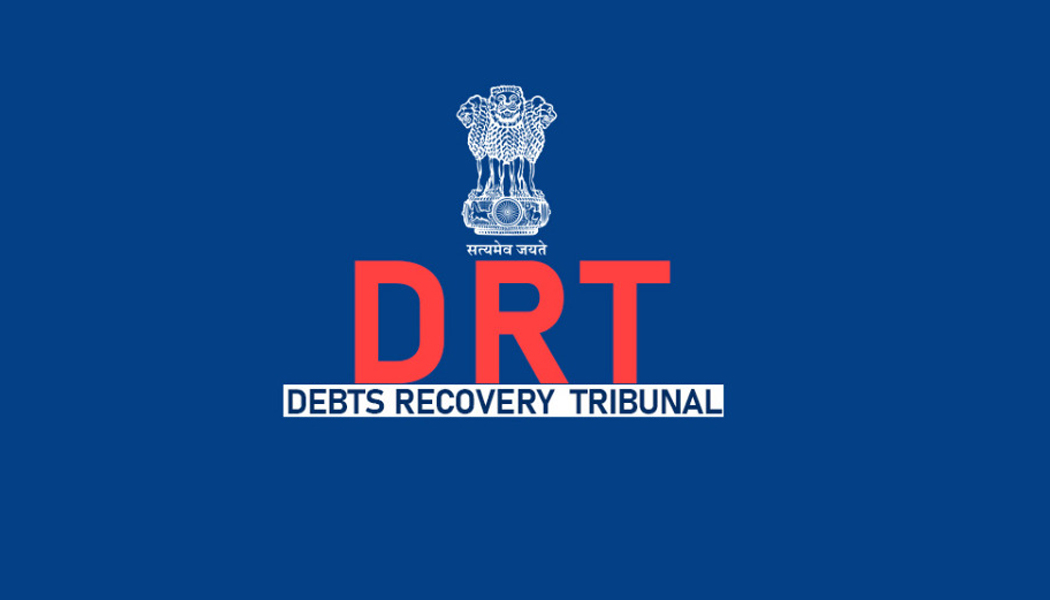
What is OA application in DRT?
In the context of Debt Recovery Tribunals (DRT) in India, an “OA application” refers to an “Original Application.” An Original Application is a formal legal document filed by a bank, financial institution, or other authorized entity seeking the recovery of debts owed to them by defaulting borrowers. The OA application is a crucial step in initiating the debt recovery process through the DRT. Here’s a detailed explanation of the OA application in DRT:
1. Purpose of the OA Application:
The OA application is the initial legal proceeding that a bank or financial institution initiates to recover the outstanding debt from a borrower who has defaulted on loan payments. It outlines the details of the debt, the default, and the grounds for seeking recovery through the DRT.
2. Contents of the OA Application:
The OA application is a comprehensive document that includes various details related to the debt, borrower, and the default. The contents of the OA application typically include:
- Parties Involved: The application identifies the applicant (the bank or financial institution) and the respondent (the borrower or defaulting party). It may also include any other parties who are relevant to the case.
- Details of Debt: The application provides information about the debt in question, including the principal amount, interest accrued, and any other charges.
- Nature of Default: The applicant outlines the nature of the default, specifying when and how the borrower failed to meet their repayment obligations.
- Collateral or Security: If the debt was secured by collateral (such as property, assets, or guarantees), the application describes the security provided by the borrower.
- Loan Agreement and Documents: The OA application includes copies of the loan agreement, security documents, and any other relevant paperwork that supports the applicant’s claim.
- Details of Borrower: The application includes information about the borrower, including their legal name, address, contact information, and any other relevant identifiers.
- Amount Claimed: The application states the total amount claimed by the applicant, which includes the principal amount, interest, charges, and any other dues.
- Relief Sought: The OA application specifies the relief sought from the DRT, which typically includes an order for the borrower to repay the outstanding debt, along with any interest and charges.
3. Filing Process:
To file an OA application in DRT, the bank or financial institution needs to follow these steps:
- Prepare the OA application: The applicant compiles all the necessary information, documents, and evidence to support their claim.
- Pay the Filing Fee: A filing fee is required to submit the OA application. The amount varies and is determined by the DRT.
- Submit the Application: The OA application, along with the required documents and filing fee, is submitted to the relevant DRT having jurisdiction over the case.
4. Processing and Hearings:
After receiving the OA application, the DRT processes it and issues notices to the respondent (borrower) and any other parties involved. The DRT schedules hearings where both the applicant and respondent can present their arguments, evidence, and witnesses. The DRT examines the evidence presented and evaluates the legal and factual aspects of the case.
5. DRT Order:
After considering the evidence and arguments presented by both parties, the DRT passes an order. The order may direct the borrower to repay the debt in a specified manner, along with interest and charges. The DRT order also outlines the consequences of non-compliance by the borrower.
6. Execution of DRT Order:
If the borrower fails to comply with the DRT order, the applicant can take steps to enforce the order. This may involve attaching and selling the borrower’s assets to recover the debt as per the DRT order.
In conclusion, the OA application is a fundamental legal document filed by banks, financial institutions, or authorized entities to initiate debt recovery proceedings in a Debt Recovery Tribunal. It outlines the details of the debt, default, and the relief sought, and serves as the foundation of the legal process to recover the outstanding debt from defaulting borrowers.
